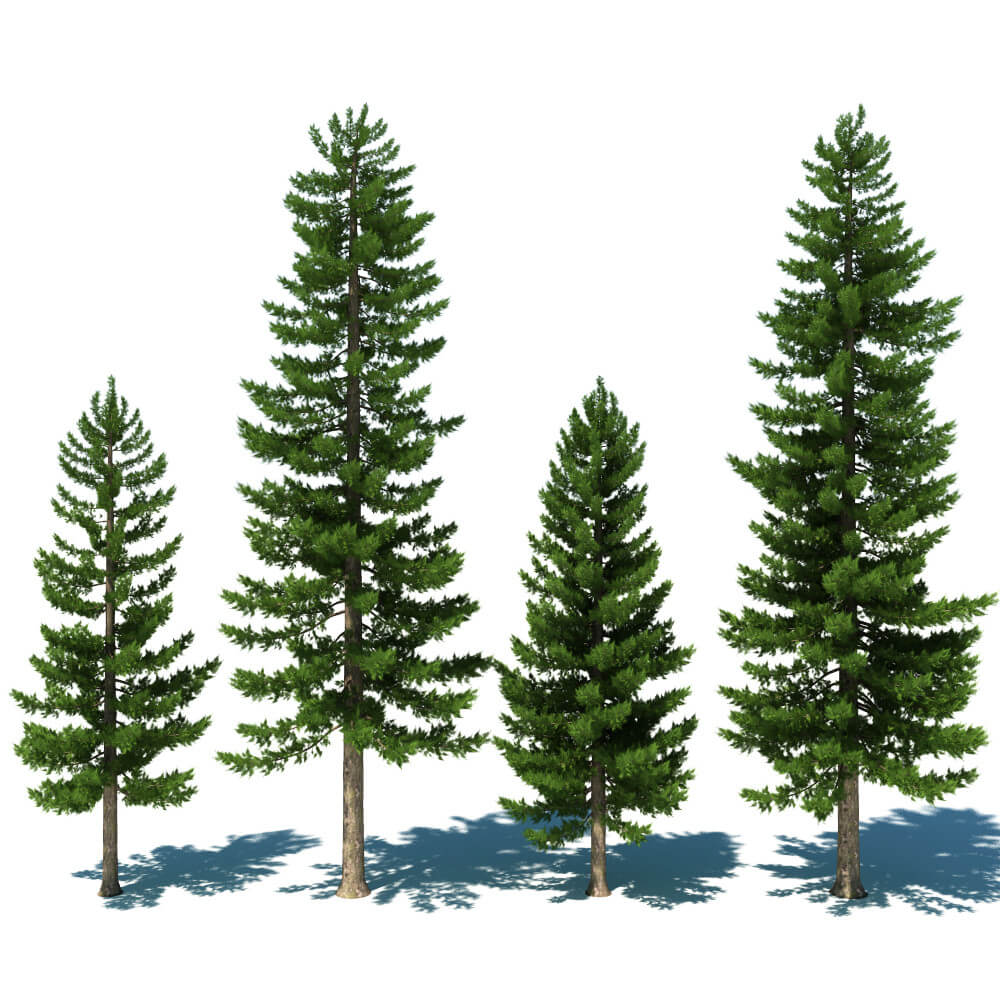
An evergreen tree on your property looks beautiful when the tree is green but if it is looking a little brown, it can be an eyesore. As a property owner, you are likely disappointed to see your evergreen turning brown, and this could be a sign that your evergreen is dying from bottom up. Your tree’s condition may be from a number of reasons, and once you know what’s affecting your evergreen, you can treat it.
Pests or Disease Are Killing Your Tree
Look at your tree. What do you notice? There are diseases and pests that may give your evergreen certain appearance changes. For instance, if you see that holes or sawdust appear on the branches of your tree, this is likely from a pest, such as the pine beetle. A disease like cytospora canker disease will make changes to the tree, leaving cankers, killing needles, and leaking white sap. Examine your tree for any of these noticeable changes.
Your Evergreen is Dying from Bottom Up Due to Lack of Water
Trees naturally need water, and your evergreen may have brown needles due to lack of water. While your evergreen receives its water from the earth, if the tree does not get enough hydration for all of its needles, the lower needles will turn brown and die; this happens so the rest of the needles can survive. Has your area received only small amounts of rain? If so, your evergreen may need additional water. Touch the soil around the tree, and if it is it dry, be sure you give your tree extra water. Using mulch is also a way to retain moisture in the soil.
Your Evergreen is Healthy, Just Shedding Old Needles
It may look like your evergreen is dying from bottom-up, especially if it has brown needles, but it may just be a natural occurrence. If the water is sufficient for your evergreen, and you’ve ruled out a tree disease, it could just be the tree’s life cycle. An evergreen will periodically shed older needles as time goes on; this is natural. If your tree has grown significantly over the last year, the higher needles may block out sunlight from the needles located lower on the tree — this can result in the lower needles dying off. The best tactic is to remain vigilant on your tree’s water and health condition and consult an arborist if you need additional help.
